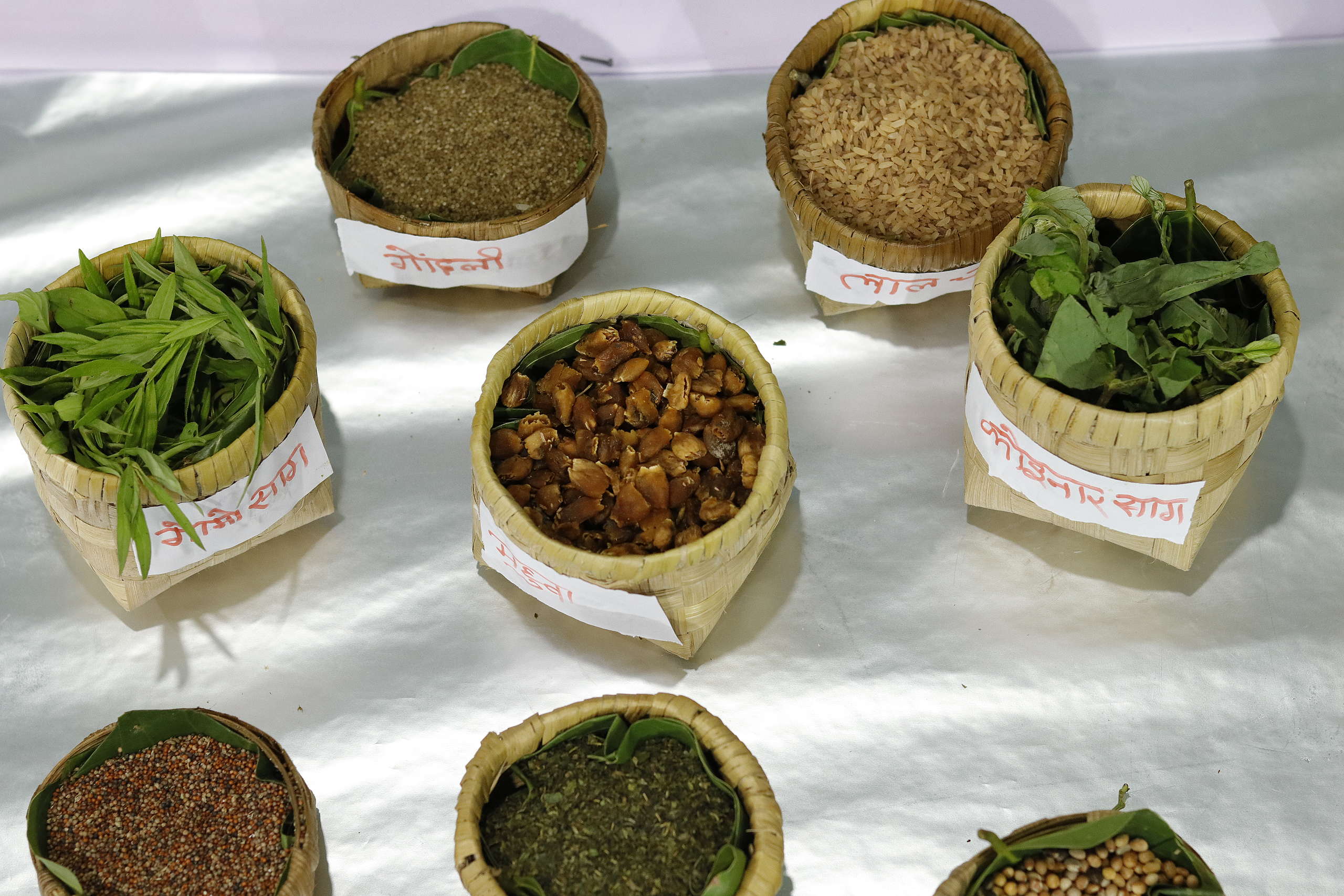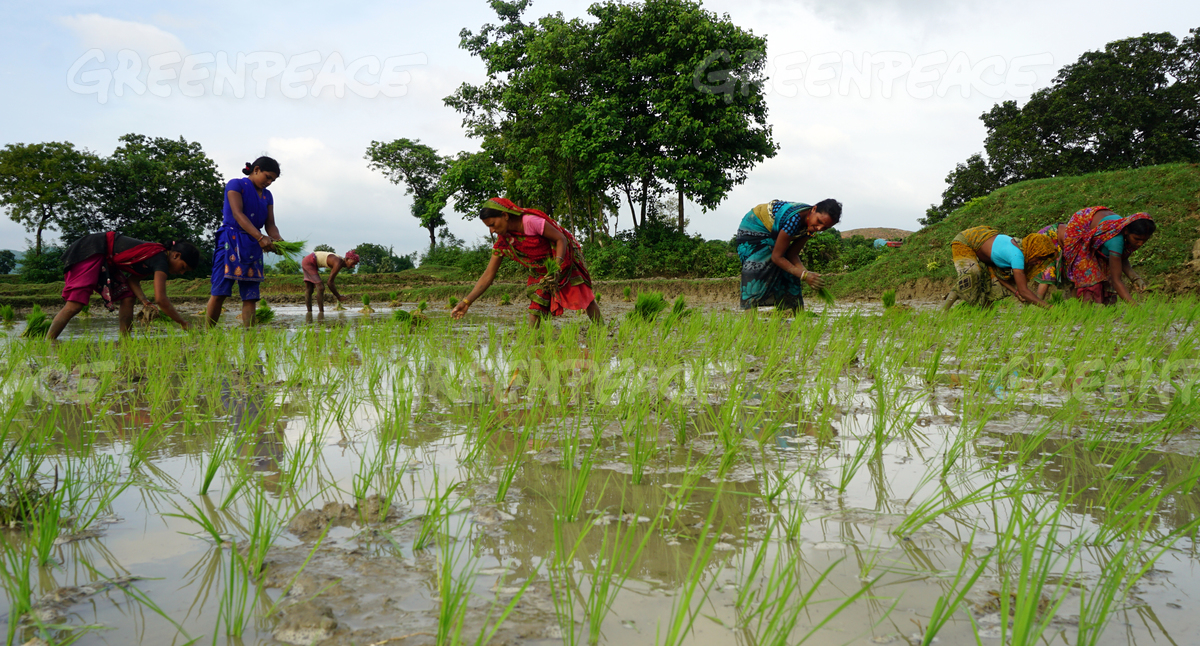In Conversation With Shobha Raghvvan, COO, SAAHAS Zero Waste
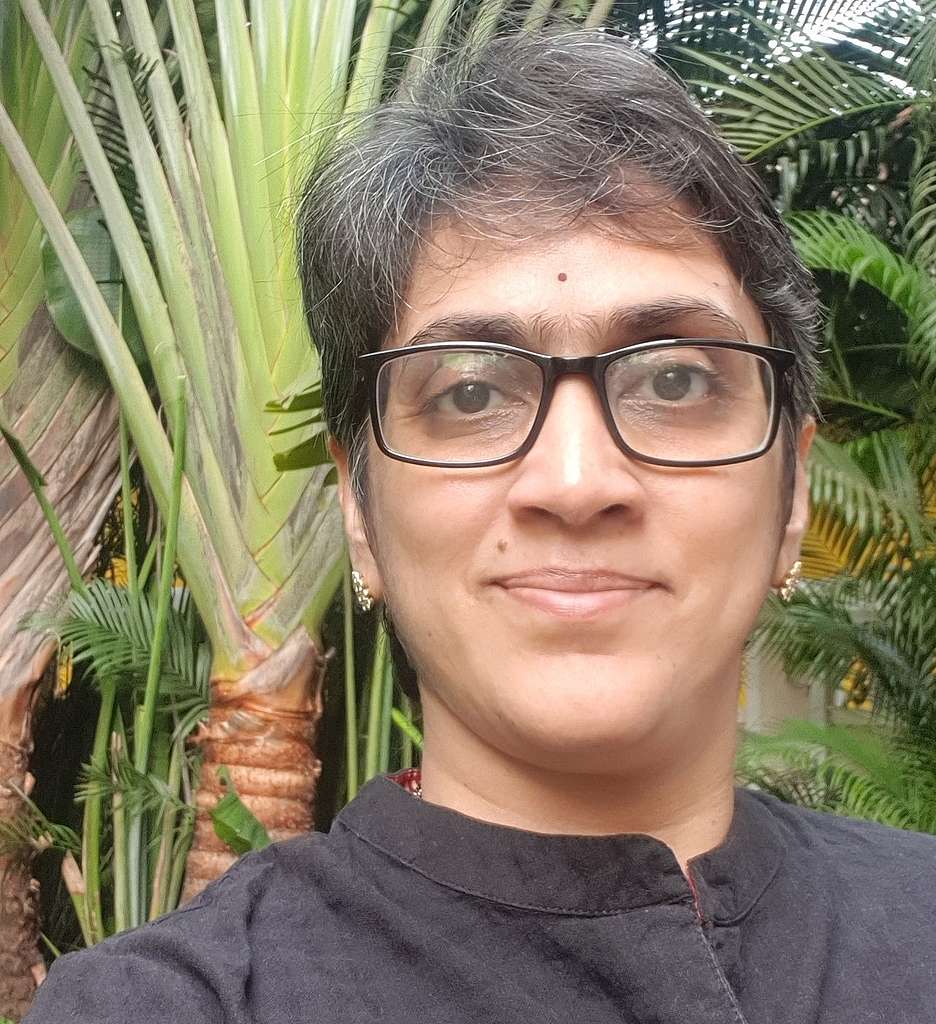
October 14th is International E-waste Day. In the last five years the world has witnessed a staggering 21% rise in e-waste generation. India is the third largest producer of e-waste globally with China and US topping the list. Together, the three countries produce 38% of the global e-waste. We spoke to Shobha Raghavan from SAAHAS Zero Waste, a Bengaluru-based Public Responsibility Organisation(PRO) that processes 2000-3000MT e-waste every year.
Greenpeace India: Why should we worry about the piling e-waste?
Shobha Raghavan: ‘Three reasons which I would say are important which makes this a huge problem for our country is, firstly, e-waste is majorly channelised through the informal sector with no safety and health measures in place and hugely employs child labour. Secondly e-waste contains hazardous materials like glass, mercury, lead, arsenic, chromium and all these can leach into the environment when not handled properly. E-waste can also cause very critical health issues when handled in an informal way – like burnt or dumped. Thirdly there is a lack of awareness on the safe disposal of electronic waste.’
Greenpeace India: India has witnessed a worrying growth of 43% in its e-waste generation in a span of just 5 years. According to the latest report, the subcontinent produces 3.2MT of e-waste a year and this figure is only going to go higher.
Shobha Raghavan: ‘Globally e-waste generation has increased almost 20-21% in the last 5 years and it is likely to double by 2030. Now this is a cause of concern and we need to tap it at the base. I would state three reasons for this sharp surge. One is the increased consumption of electrical and electronic goods at household levels like televisions, refrigerators, washing machines, handheld devices etc. At a business level there is an increased use of IT equipment which are phased out every few years when technologies are upgraded. The second reason why more waste is getting generated is equipment has a shorter lifespan now. Thirdly, the ecosystem for repair is very limited in our country and this needs to be built.’
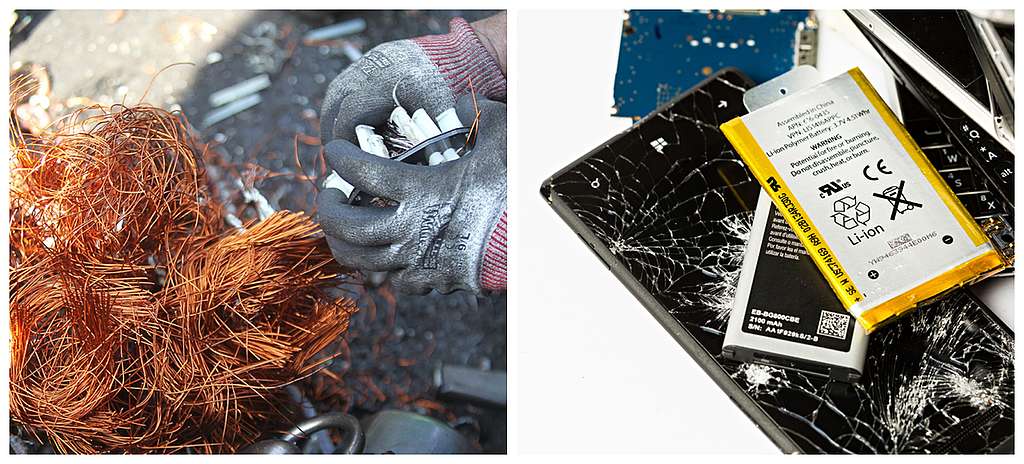
Greenpeace India: You told us that the rules that are in place are progressive and hold brands accountable for the e-waste that they generate. Can you tell us more about that?
Shobha Raghavan: The EPR rules is what it’s called, holds brands responsible for supporting and collecting electronic waste and then sending it for recycling. Now in between the brands and the recyclers there are Producer Responsibility Organizations who tie up with the brands and help complete their compliance around electronic waste. They have huge targets. CPCB has set targets for them for five years based on the sale of their goods across different parts of the country. So the system is good. The rules are very good and the brands are also actively participating. But this isn’t sufficient. The kind of implementation and enforcement that is happening now has to really pick up pace. Similarly consumer awareness has to pick up to ensure e-waste is delivered at the right point so that collection becomes easy.
Greenpeace India: Statistics also show that a whopping 82% of e-waste generated in India is from personal devices, like phones, laptops and household devices. While the rules are in place for big corporations, few people understand the need to dispose of their personal electronic waste safely.
Shobha Raghavan: ‘Mainly the hazardous waste at homes are tube lights, which contain glass and mercury and batteries that we frequently use and dispose of. Apart from them we also have mobile devices with batteries and all these electronic devices that have batteries can leak and leach into the system. So it has to be stored, if possible, in its original packaging box and behind the packaging box there is a toll free number that will give them details of the closest collection center.’
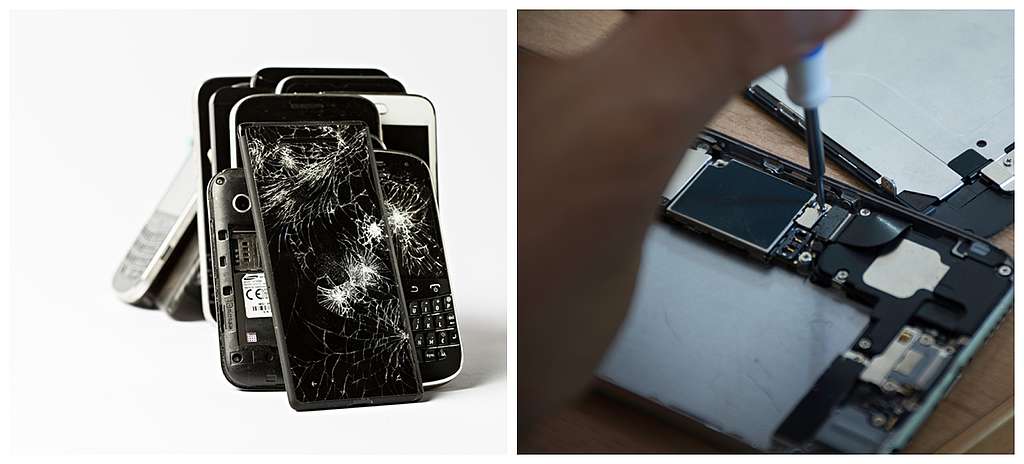
Greenpeace India: So how do we get to the source of the problem and try to reduce e-waste?
Shobha Raghavan: I think we are throwing away tonnes and tonnes of electronics because we don’t know how to fix them after they have broken down. But at the same time, there are millions of people who need electronics. They are ready to have refurbished electronics like telephones, TVs or refrigerators and there is a good ecosystem for consumption at that level. So we have to see how we can channelise these electronics to the people who really need it. For example, today in a Covid situation urban children are able to attend schools and colleges through their electronic devices. But children in rural areas are not having equal opportunity to attend classes because they don’t have devices. So these electronic items can be channelised for upgrades and it can go to those in need. Also, we don’t have enough recyclers to handle electronics so we should think before we throw away our electronics. Finally, by fixing the electronics, we will be creating a lot of skilled jobs. Managing electronics requires a good level of skill so you are creating skilled jobs and giving access to the poor community to technology which otherwise they would not have been able to afford.
Nischita Verrendra
Communications Consultant
Greenpeace India

